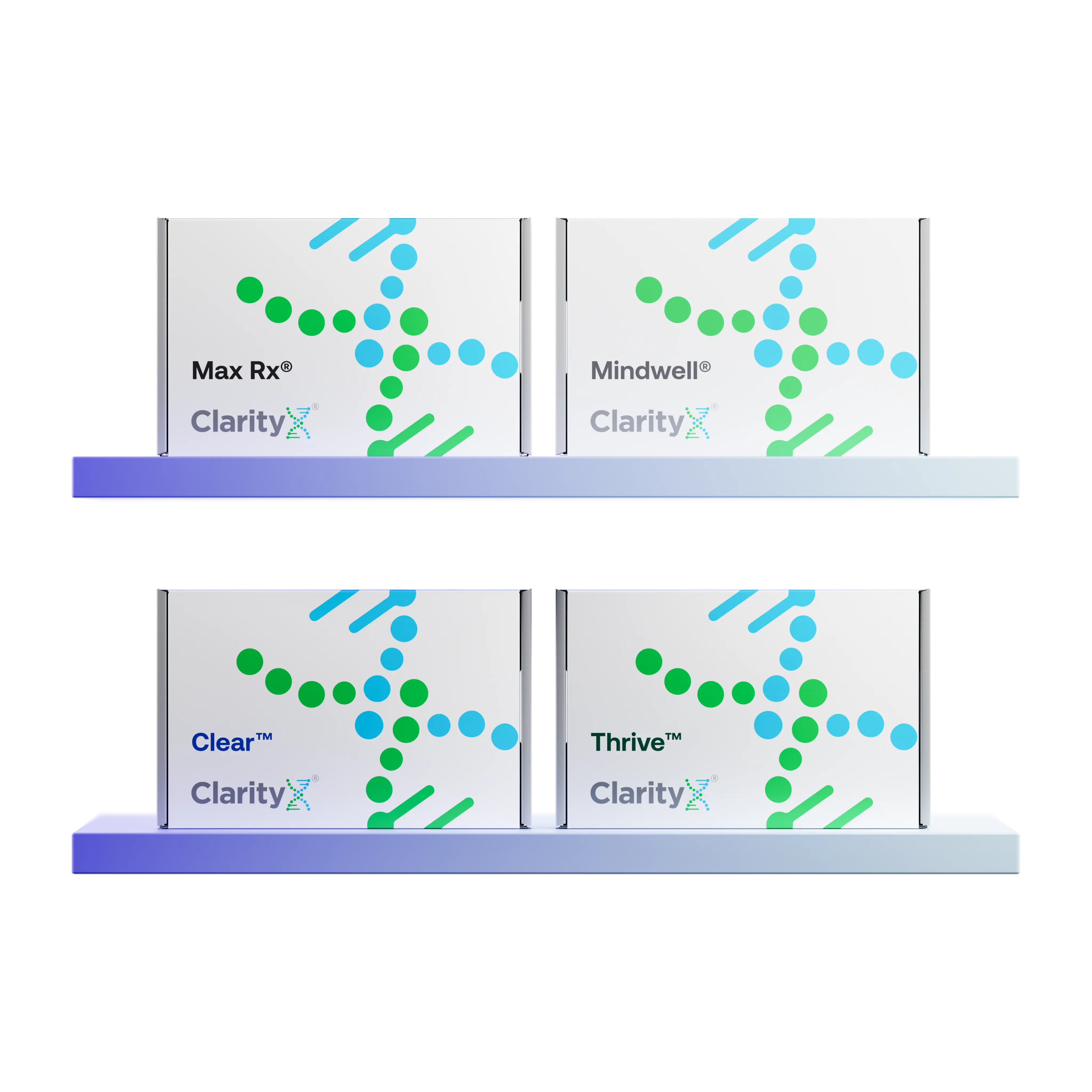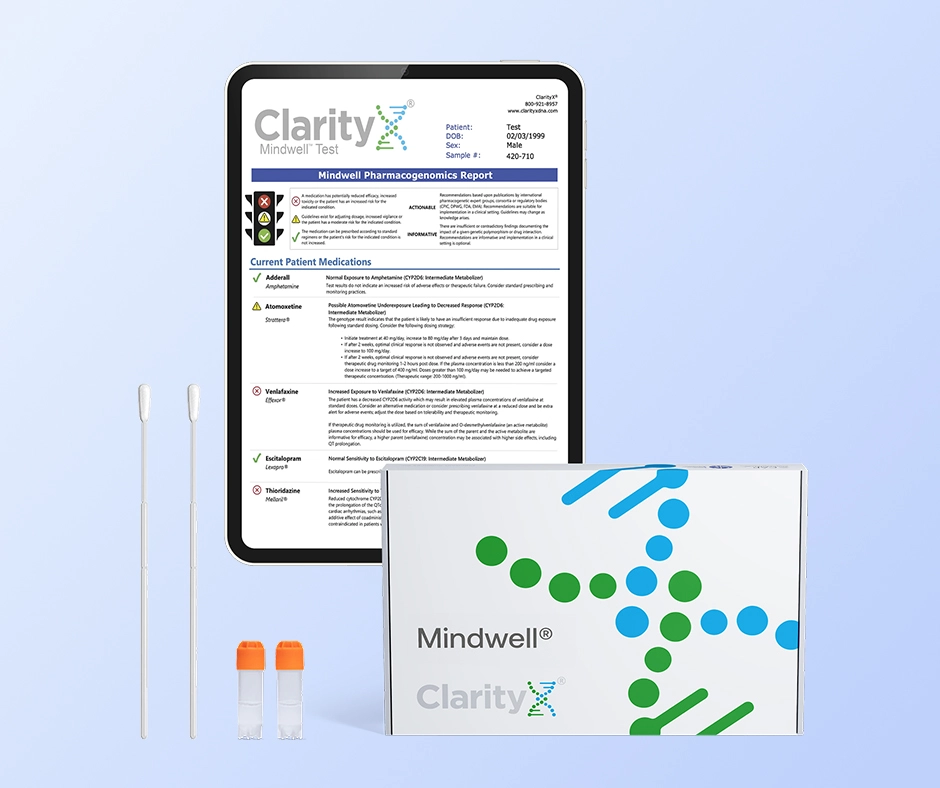Key Highlights
- Palonosetron is a highly effective antiemetic medication used to prevent nausea and vomiting caused by chemotherapy and surgery.
- It is a serotonin receptor antagonist that blocks serotonin receptors in the brain and gut.
- Palonosetron typically starts working within 30 minutes of administration, providing both immediate and long-lasting relief.
- Its effects may persist for several days, making it particularly beneficial for managing delayed nausea and vomiting.
- Palonosetron is generally safe and well-tolerated, with common side effects including headache and constipation.
Introduction
Nausea and vomiting is highly uncomfortable and can be common for individuals undergoing chemotherapy or surgical procedures. Palonosetron is a strong antiemetic that has become an important choice for preventing acute chemotherapy-induced nausea and vomiting (CINV) and perioperative nausea and vomiting (PONV). Timing is important when managing these symptoms, and a common question is, “How fast does palonosetron work?”
Understanding Palonosetron: An Overview
Palonosetron is a serotonin receptor antagonist. It specifically targets the 5-HT3 receptor. This medication helps prevent nausea and vomiting by blocking serotonin in specific areas responsible for triggering nausea and vomiting.
Palonosetron is administered as an intravenous (IV) injection, allowing it to rapidly enter the bloodstream and circulate throughout the body. Its unique properties enable it to work quickly and provide prolonged effects, making it an excellent choice for preventing both acute and persistent nausea and vomiting.
What is Palonosetron?
Palonosetron is a serotonin receptor antagonist that works by attaching to and blocking the 5-HT3 receptors located in specific areas of the brain and the gut. By doing so, it prevents the signals that trigger nausea and vomiting.
What distinguishes palonosetron from other serotonin receptor antagonists is its strong binding affinity to the 5-HT3 receptor. It binds tightly and remains for an extended duration, resulting in potent and enduring effects against nausea.
Additionally, palonosetron causes receptors to be pulled into the cell after binding. This action temporarily decreases the number of receptors available on the cell surface. This process helps palonosetron remain effective for a longer duration.
The Role of Palonosetron in Managing Nausea and Vomiting
Palonosetron is well known for preventing chemotherapy-induced nausea and vomiting (CINV). Chemotherapy drugs can activate the vomiting center in the brain, leading to nausea and vomiting both immediately and for several days after administration. Palonosetron functions uniquely to provide strong protection against both immediate and delayed CINV. This significantly enhances patients' quality of life during chemotherapy.
It is also important for treating nausea and vomiting after surgery, known as PONV. Surgery, anesthesia, and pain medications can lead to this issue. Administering palonosetron before surgery helps decrease the likelihood and severity of PONV, allowing patients to feel better and recover more quickly.
Its long-lasting effects make palonosetron particularly valuable in both scenarios. A single dose can provide relief for several days. This reduces the need for multiple medications and makes it easier for patients to adhere to their treatment.
The Mechanism of Action: How Palonosetron Works
Palonosetron is a second-generation 5-HT3 receptor antagonist with both a rapid onset and a sustained duration of action.
Interaction with 5-HT3 Receptors
The 5-HT3 receptor is a type of serotonin receptor located in the central nervous system (CNS) and the peripheral nervous system (PNS), playing a critical role in healthcare by regulating nausea and vomiting. It is predominantly found in areas that control these processes. In the CNS, 5-HT3 receptors are situated in both the chemoreceptor trigger zone (CTZ) and the vomiting center, which are crucial for the vomiting reflex.
When serotonin binds to these receptors, it initiates a series of reactions. This sequence of events results in feelings of nausea and the act of vomiting. Palonosetron functions by blocking these receptors, preventing serotonin from binding to and activating them.
By inhibiting the activation of these receptors, palonosetron helps to prevent the vomiting reflex. This provides relief from nausea and reduces the likelihood of vomiting. Palonosetron binds effectively to 5-HT3 receptors and can also induce receptor internalization, which contributes to its strong and lasting effects against nausea.
Advantages Over First-Generation 5-HT3 Receptor Antagonists
Palonosetron is a second-generation 5-HT3 receptor antagonist that offers numerous benefits compared to first-generation drugs like ondansetron. One significant advantage is that palonosetron has a higher affinity for 5-HT3 receptors, enhancing receptor activity inhibition. This means it can block serotonin's action more effectively and for a longer duration. As a consequence, it is highly effective in preventing and treating both immediate and delayed nausea and vomiting.
Additionally, palonosetron has a longer half-life, meaning it remains in the body and functions for a longer duration. As a result, patients can receive it as a single intravenous dose. This reduces the necessity of multiple doses, simplifying the regimen. Conversely, first-generation 5-HT3 antagonists typically require several doses to effectively manage nausea and vomiting.
Clinical studies demonstrate that palonosetron is more effective than first-generation options in preventing delayed nausea and vomiting in cancer patients. These symptoms can persist for days following chemotherapy or surgery. This prolonged antiemetic effect significantly enhances patients' comfort and reduces the necessity for additional antiemetic medications.
Pharmacokinetics of Palonosetron
Understanding how palonosetron functions in the body helps us better understand how quickly it begins to work, how long its effects persist, and how effectively it prevents nausea and vomiting. Pharmacokinetics studies how our body processes medication, including its absorption, distribution, metabolism, and excretion.
Absorption and Distribution
After being administered through an IV, palonosetron is rapidly distributed throughout the body. It can cross the blood-brain barrier, allowing it to affect the chemoreceptor trigger zone (CTZ) in the brain. This area plays a crucial role in inducing nausea and vomiting. Additionally, palonosetron reaches the gastrointestinal tract and blocks the 5-HT3 receptors, which aids its ability to prevent nausea.
Metabolism and Elimination
The liver is where palonosetron is primarily broken down. This process occurs through special enzymes known as cytochrome P450 (CYP) enzymes, primarily CYP2D6, with some contribution from CYP3A4 and CYP1A2. These enzymes convert palonosetron into substances that the body can eliminate.
Palonosetron has a long elimination half-life of approximately 40 to 50 hours. This allows for once-daily dosing, which is particularly beneficial for patients, especially those undergoing chemotherapy or recovering from surgery, as palonosetron functions similarly to other medications.
Approximately 70% of the palonosetron dose is excreted unchanged in urine, while the remainder is eliminated through feces. The kidneys play a crucial role in excreting palonosetron, so patients with reduced kidney function may require adjusted doses.
Timing and Efficacy: How Long Does Palonosetron Take to Work?
One common question regarding palonosetron is how soon it alleviates nausea and vomiting. This is particularly important for individuals undergoing chemotherapy or surgery. They seek to understand how quickly they will feel better and achieve improved results.
Palonosetron typically begins to take effect about 30 minutes after administration via IV. This means it can provide relief from nausea and vomiting relatively quickly. However, keep in mind that the exact timing may vary from person to person, depending on individual factors such as metabolism and the severity of their symptoms.
Onset of Action: Immediate Relief vs. Delayed Effects
Palonosetron provides both immediate relief and long-lasting protection against nausea and vomiting. Its rapid onset of action helps alleviate acute symptoms, while its extended half-life ensures sustained control of delayed emesis.
This dual-action profile makes palonosetron highly effective in managing both acute period and delayed phases of CINV and PONV: null
- Immediate relief phase: Palonosetron rapidly blocks 5-HT3 receptors in the brain and gut, providing quick relief from acute nausea and vomiting within the first 24 hours after chemotherapy or surgery.
- Delayed effects phase: Palonosetron's high affinity for 5-HT3 receptors and its ability to induce receptor internalization contribute to its prolonged action, providing sustained protection against delayed nausea and vomiting for up to 5 days after a single dose.
Safety and Tolerability Profile
In clinical trials, the majority of participants tolerated palonosetron well, and most side effects were mild to moderate.
Serious adverse effects are uncommon, but it’s important to be aware of the potential risks.
Common Adverse Effects
Common adverse effects of palonosetron include:
- Headache: This is the side effect that people report most often. Abdominal pain is also mentioned among the mild side effects.
- Constipation: Palonosetron can make the digestive system slower.
- Dizziness: Some people might feel a little dizzy after getting palonosetron.
Most people handle these side effects well and usually do not require medical assistance. If you experience any side effects that persist or are bothersome, consult your healthcare provider. They can assist you in managing these effects or may adjust your dose or medication if necessary.
Serious Side Effects and Warnings
While palonosetron is usually safe and easy to use, it can sometimes cause serious side effects. These events are rare but need quick medical help.
One serious side effect is serotonin syndrome, a rare condition that can be life-threatening. It occurs when serotonin levels in the body become too elevated. Symptoms of serotonin syndrome include agitation, confusion, a rapid heart rate, high blood pressure, dilated pupils, muscle control loss, tremors, sweating, diarrhea, and fever. This is more common when multiple medications are used that affect the body's serotonin activity.
Another serious but uncommon side effect is an allergic reaction. Symptoms of an allergic reaction may include itching, rash, hives, difficulty breathing, wheezing, swelling of the face, lips, tongue, or throat, along with dizziness and lightheadedness.
Drug Interactions and Contraindications
Palonosetron can interact with certain medications. This interaction may alter its effectiveness or amplify side effects. It is crucial to inform your healthcare provider about all the medications you are taking, including prescription drugs, over-the-counter medicines, herbal supplements, and vitamins.
Some medications that may interact with palonosetron include specific antidepressants, antipsychotics, migraine medications (known as triptans), and drugs that can affect heart rhythm, potentially leading to clinically significant drug interactions. Combining these drugs with palonosetron may increase the risk of serotonin syndrome.
Conclusion
Palonosetron offers both rapid and sustained effects for preventing nausea and vomiting associated with chemotherapy or surgical procedures. Because it’s administered IV, it’s often given in a controlled environment under the supervision of healthcare professionals. It’s usually well-tolerated, but it’s important to let your healthcare providers know about your health history and all the prescription and over-the-counter products you use to ensure they can be safely used together.
Lastly when considering treatment options like palonosetron your genetics can also play a vital role in determining which medications will be best suited for you. A simple test can help reduce the trial and error process associated with finding the right medication. Find out more by visiting www.clarityxdna.com
Frequently Asked Questions
How quickly does palonosetron start to work after administration?
Palonosetron usually starts to work fast. Most people feel its effects within 30 minutes after getting it via an IV.
Can palonosetron be used for types of nausea and vomiting other than CINV and PONV?
Palonosetron is primarily used for CINV and PONV. However, studies are exploring its potential use in treating nausea and vomiting associated with other conditions, such as gastroenteritis, IBS, and migraines in clinical practice.
Are there any long-term side effects associated with palonosetron?
Long-term side effects of palonosetron are rare. However, every medication carries potential risks. It is essential to consult a healthcare professional for tailored medical advice and ongoing monitoring.
How does palonosetron compare to other antiemetics in terms of cost?
Palonosetron might cost more at first compared to some other antiemetic drugs. However, it works well to stop delayed emesis. A longer duration of action could lead to fewer doses needed.
Can palonosetron be administered at home, or is hospitalization required?
Right now, people usually get palonosetron through an IV at a doctor's office or hospital. But research is looking into using subcutaneous forms of the drug so it could be given at home more easily.
References
https://dailymed.nlm.nih.gov/dailymed/drugInfo.cfm?setid=ee6f6f94-1ca7-481e-9909-b19ae64e80c2
https://www.ncbi.nlm.nih.gov/books/NBK513318/
https://pmc.ncbi.nlm.nih.gov/articles/PMC4554402/
https://pmc.ncbi.nlm.nih.gov/articles/PMC6156181/
https://www.ncbi.nlm.nih.gov/books/NBK430685/
https://clarityxdna.com/blog/learn/beginners-guide-to-understacyp3a4-drug-metabolism/






